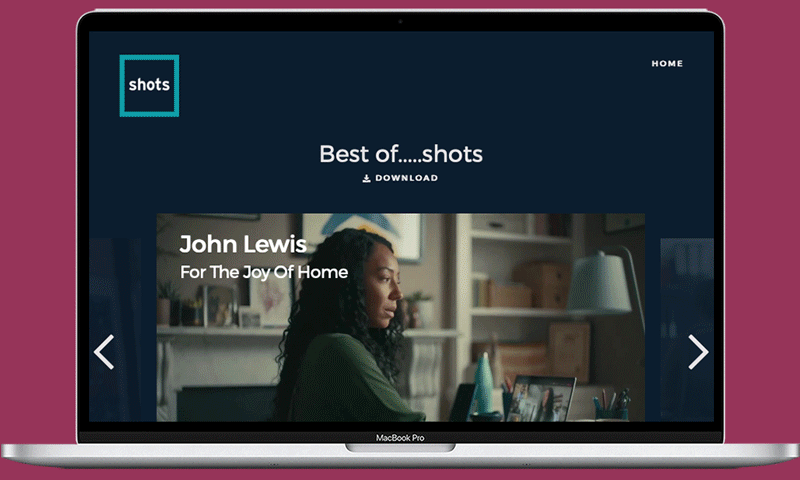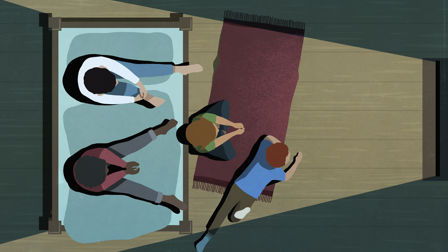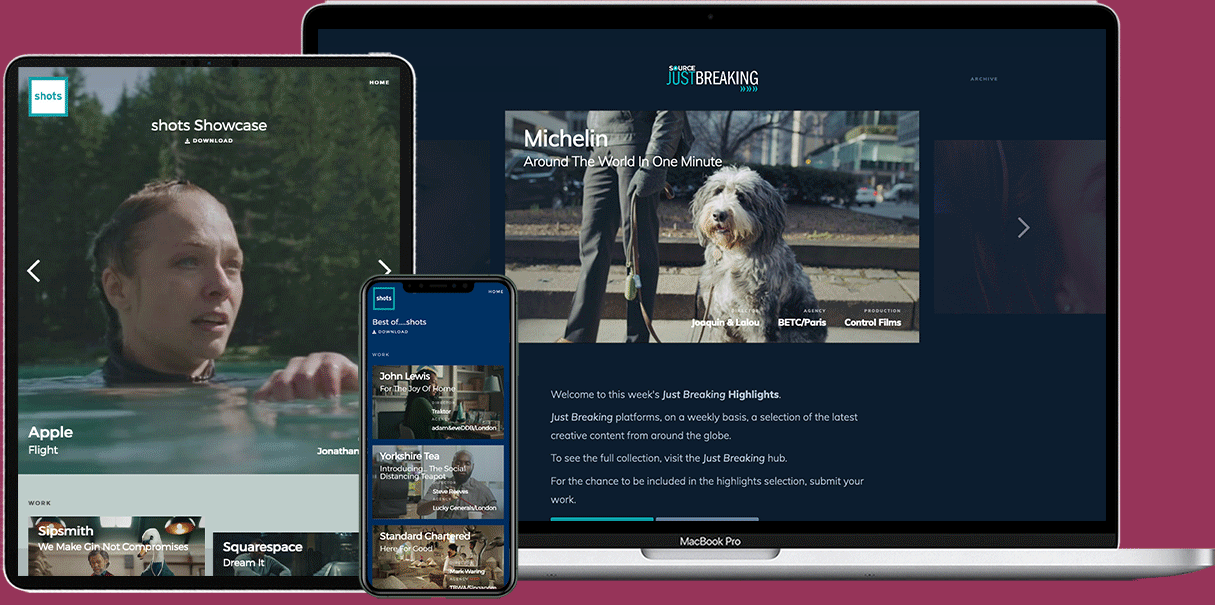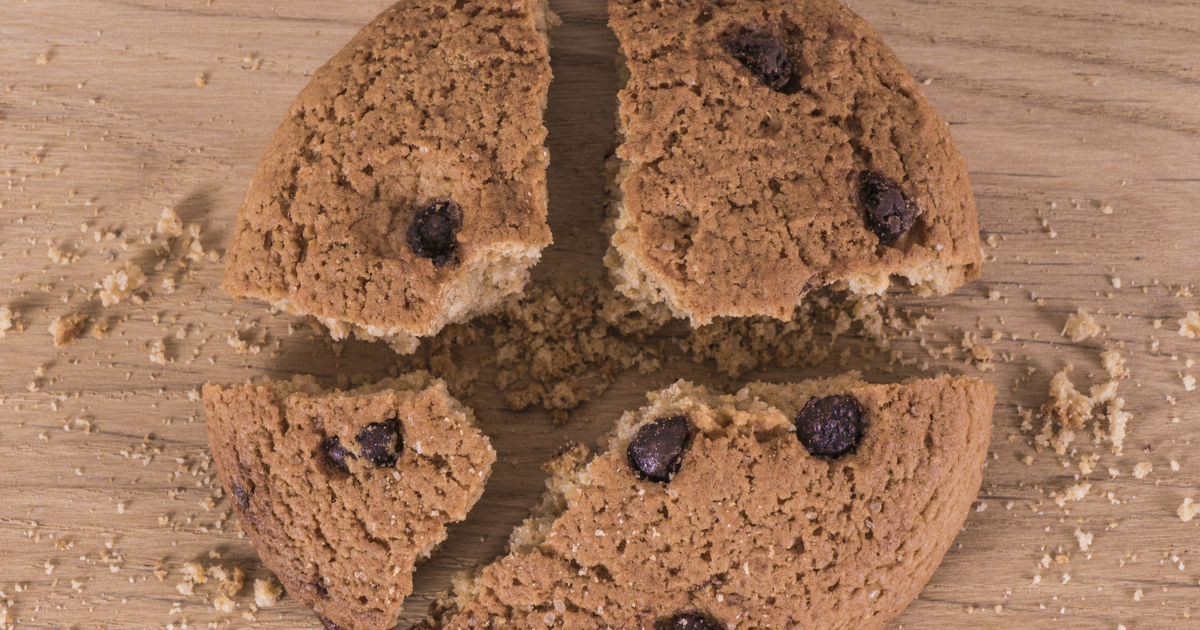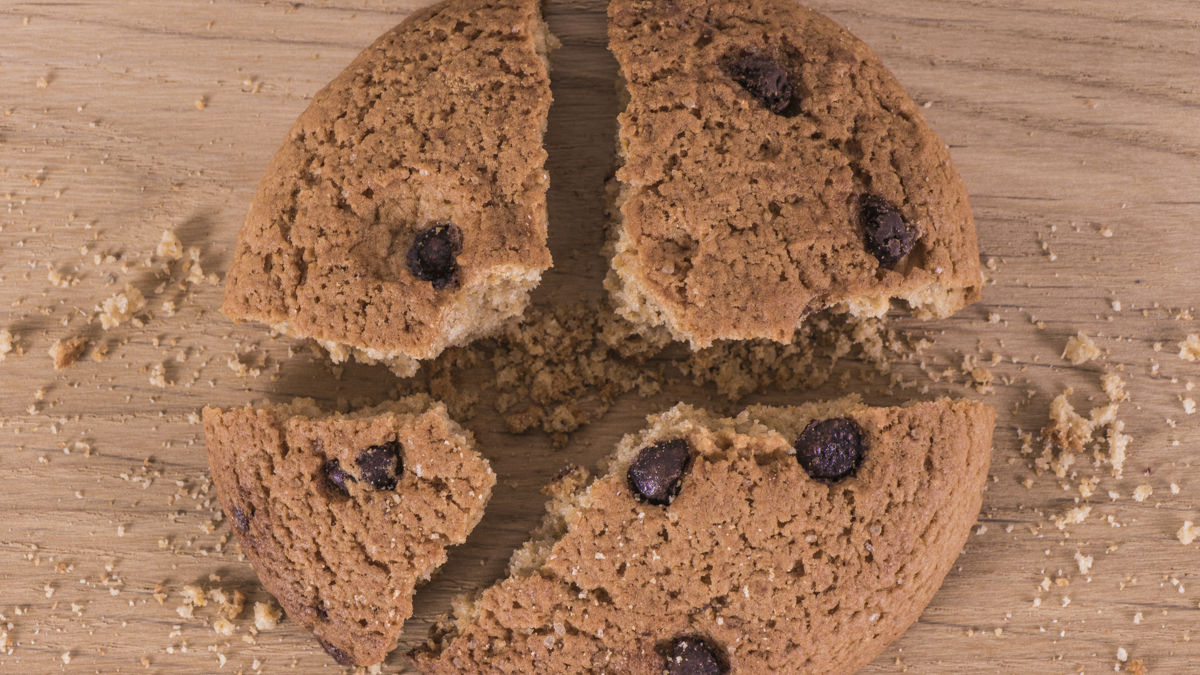Why canning cookies is the best thing to happen to creatives
Is the crumbling of third-party cookies the best thing to happen to advertising? Chloe Singleton, Channel Director at eight&four, thinks so, and here she explains why.
The death of third-party cookies; what a statement. As if there isn’t enough doom and gloom in the world, advertisers are now dealing with yet another shift in the digital marketing realm, one that affects targeting, insight gathering and performance.
Third-party cookies crumbling is the best thing to happen to advertising.
Now, to avoid a long recap of the privacy journey we’ve all been on for the last seven or so years, I'll summarise by saying that, for the uninitiated, cookies are a trail that users leave in their online browsing (should they opt-in), allowing external companies to track their activity for advertising and analytics purposes, and Google has long pledged to phase out the use of third-party cookies in its Chrome browsers, with the latest (much-delayed) deadline being the end of 2024.
It’s my belief that third-party cookies crumbling is the best thing to happen to advertising, breathing vital new life into campaign creativity. When we first heard about the change, it felt like us creatives were losing valuable audience insights. In fact, we’ve been so caught up figuring out which font or image gets the most clicks that we’ve forgotten how to create ads with meaning.

Above: Singleton believes that the end of third-party cookies is the best thing to happen to advertising and could breathe new life into campaign creativity.
Half of the creative we now see on social ends up being a hybrid of original concept and performance data-led decisions. So, a future without cookies means we can go back to delivering our original, creative ideas without being tied down by performance metrics. We can focus on human and cultural insights to create personalised, contextual and community based ads that connect with our audiences.
Are you prepared for the cookie-less future?, they ask. Well, yes, we are. And with ingredients to make your mouth water with creative anticipation! And our recipe is;
- 1x Personalisation
- 2tsp Contextualisation
- 100g Community Building
Personalisation
The conflict within this very word is interesting; 69% of UK customers stated high levels of online privacy concerns. But, at the same time, 46% said they are happy to exchange data as long as there is a clear benefit. So, in one camp we have a group shouting, “I want privacy” and, in the other, “I want personalisation”. In all honesty, these are probably the same people.
Personalisation itself is tricky as it can come in all forms and is quite complex depending on what lens you look at it through. An example of this is emotion; a piece of creative that gets you in the feels because maybe you’re going through a new stage in life, and it just feels so relevant to you. Or, perhaps, the personalisation taps into your interests, content that’s tailored to you because a brand understands you. You’re their audience and you matter. Never underestimate the power of being recognised.
Or maybe it’s not subtle at all and you end up partaking in some matchmaking. Placed together based on questions, statements or information provided. AI-led chatbots or tools that do this push personalisation in an almost effortless way. In short, ‘personalisation’ is a complete, bespoke approach that lasers into individual journeys and completely bypasses blanket content and targeting. It’s up to you to leverage the psychographics of your audience and supercharge your personalised creative in a new, evolved way.

Above: Personalisation "lasers into individual journeys and completely bypasses blanket content and targeting".
Contextualisation
Similarly, contextualisation offers unique opportunities for creatives. This is content that is prepared, reactive or in the right place at the right time. Geo-targeted campaigns are a key example: using location data to reach users with messages that are relevant for their location, behaviour or regional nuances.
Seeing a ‘Hey London’ on your feed (assuming you lived there) would make you stop, right? Maybe you’re hungry and searching for places to eat. Up pops an ad with a, ‘Get Directions’ call to action taking you straight to a nearby restaurant. Simple.
Contextualisation offers unique opportunities for creatives.
They said it’d be the wettest summer in 100 years, but then we had a mini heatwave a few weeks back (a distant memory I’m sure). As you sweltered, flicking through Instagram, rueing the day you cursed the warnings of the expected ‘50 days of rain’, I’ve no doubt you were inundated with weather-synced campaigns promoting fans, inflatable pools and BBQ food.
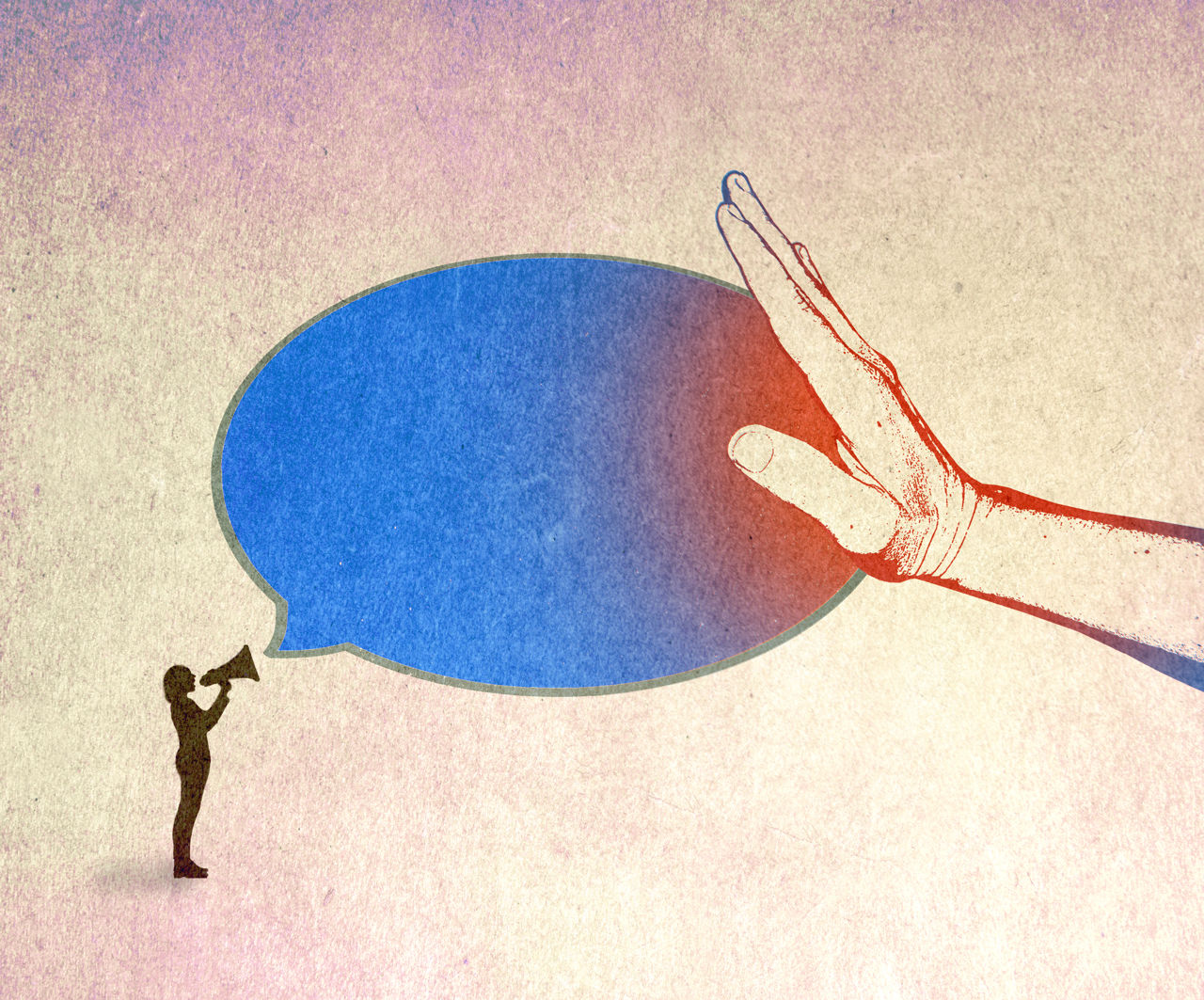
Above: It's important to talk to your customers, not at them.
Community building
Lastly, community building. When we think of techniques used to gather this, it starts to feel a bit old school. Competitions and discounts have long been an easy win to gain customer information, but brands can go beyond this to create campaigns that are truly tailored and valuable. This privacy-focused future we’re in presents a golden opportunity. Unlock your creativity to deliver experiences, not ads. Don’t just take, give. Talk to your customers, not at them.
The revival of the loyalty programme, the resurgence of the micro-site, the popularity of subscription-based ‘communities’ – all successful techniques that have brought consumer and brand closer together, building that all important trust.
Unlock your creativity to deliver experiences, not ads. Don’t just take, give. Talk to your customers, not at them.
Likewise, high-value gated content that gives you access to articles, sneak peaks, tailored itineraries or interactive experiences that take you on a digital journey in an incentivised and fun way. These are skills that, if done correctly, consumers are more than willing to engage with. In short, community building isn’t about being sneaky, it’s about value exchange, transparency and giving power back to your audience.
The future is clear - personalisation, contextualisation and community building will transform your creative. This is an exciting time so you don’t want to be left behind. Take my recipe for a cookie-less future and bake these all-important techniques into your creative strategies. Not later, now.



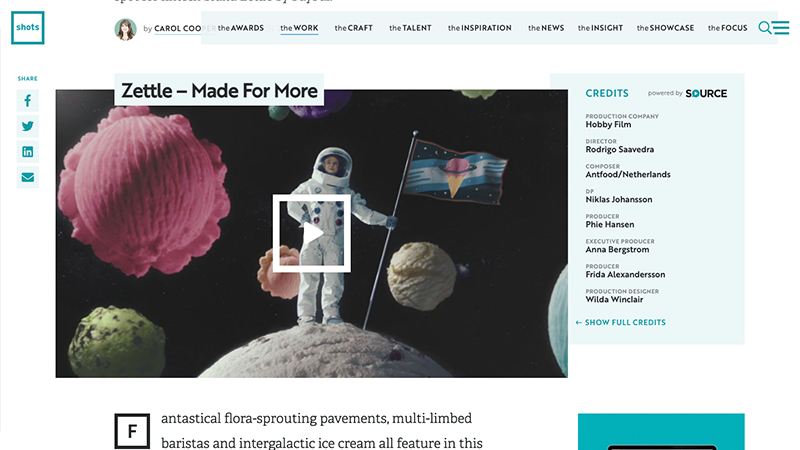

 + membership
+ membership